How some fruits and vegetables grow: unusual facts about familiar foods
Categories: Nature
By Pictolic https://pictolic.com/article/how-some-fruits-and-vegetables-grow-unusual-facts-about-familiar-foods.htmlPineapples, olives, asparagus, cranberries and peanuts - these products have long been an integral part of our festive or just dinner table, and in the case of cranberries - also a useful "medicine" to raise immunity in winter.
But perhaps many people do not know how familiar fruits, vegetables and nuts grow, so we decided to deal with this issue below.
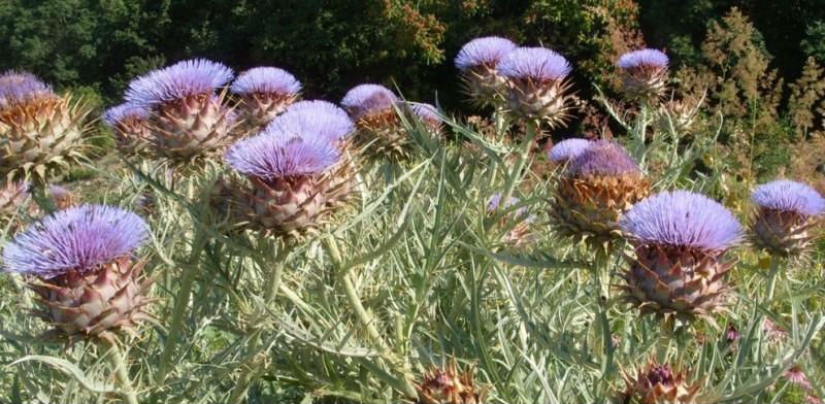

Let's start with healthy vegetables: this is how, for example, Brussels sprouts look in the garden, and on the right - already in "assembled form".
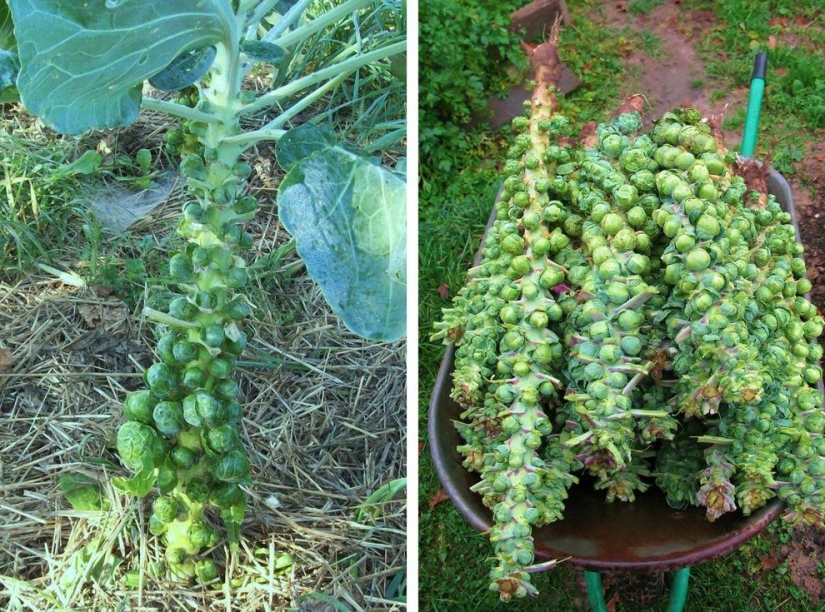
No less useful asparagus is a perennial plant that grows from the ground in the form of a massive stem.
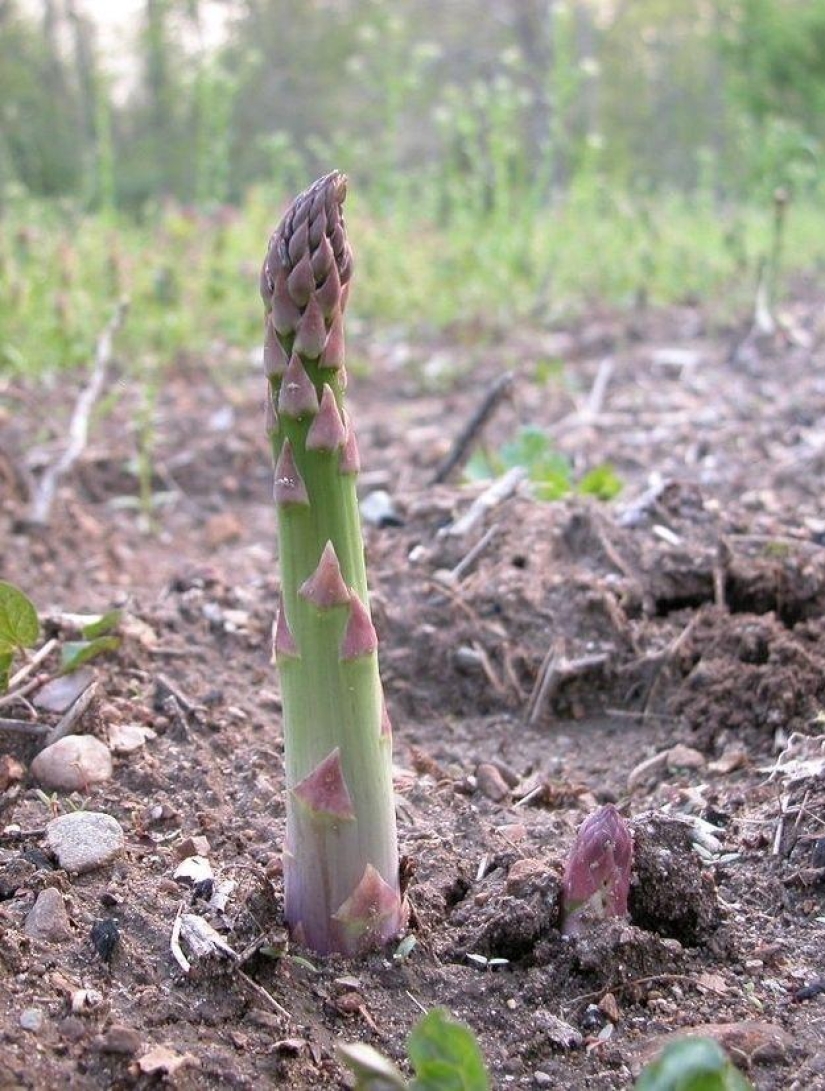
Olives are the fruits of the pancake tree, and all over the world there are black olives - mature fruits of the olive tree and green olives - unripe fruits of the olive tree. Our olives are called green fruits, and black olives are called olives. By the way, such a division exists only in Russia.
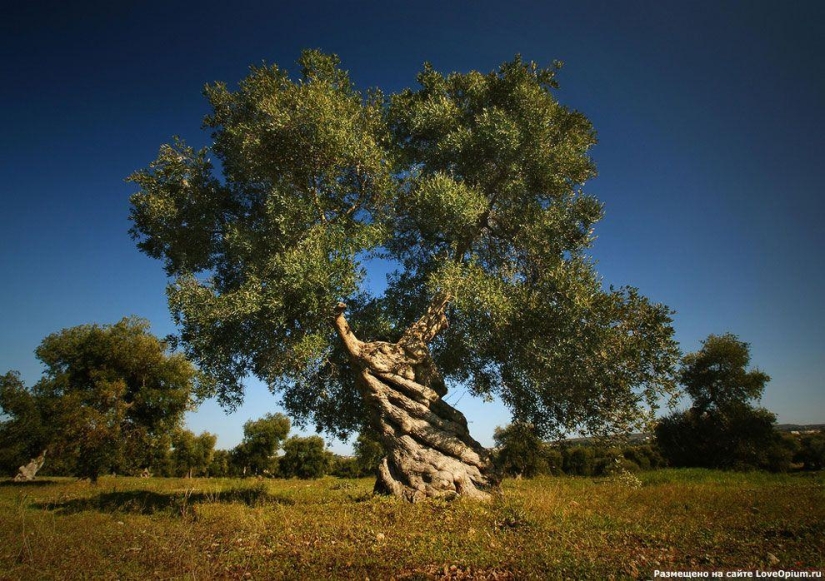
Who would have thought that an artichoke is primarily a spectacular purple flower? The upper photo shows a flowering plant, and the lower one shows the product in the cooking process.
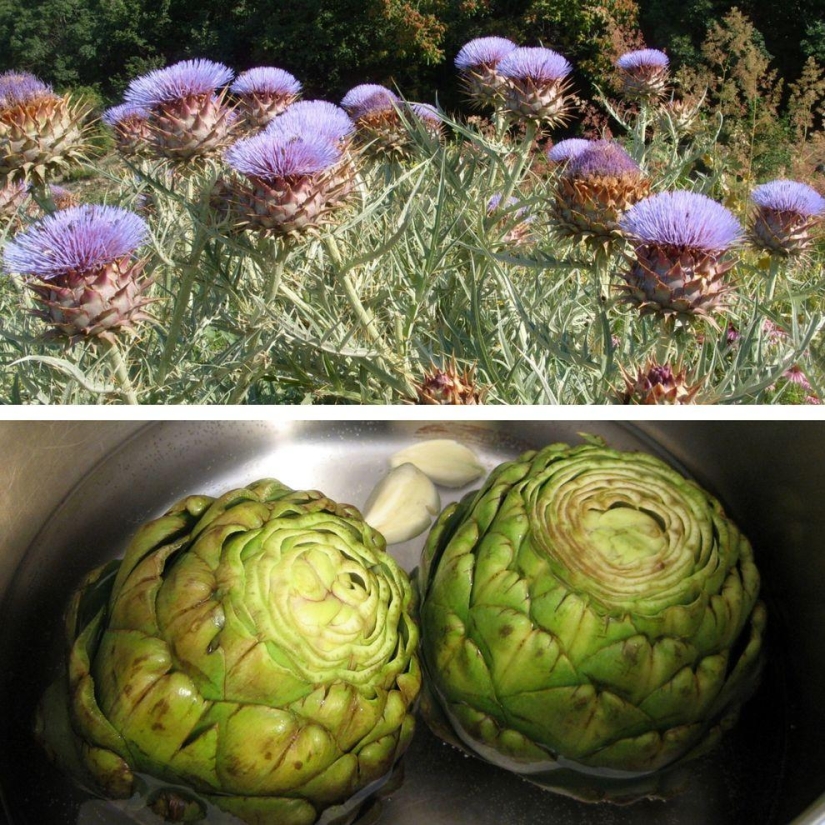
The way some types of nuts appear can also be a discovery for many — for example, the photo shows a cashew, more precisely, an unpeeled cashew nut is attached to a beautiful red fruit from below. This is how these delicious nuts grow, which are very useful for our health.
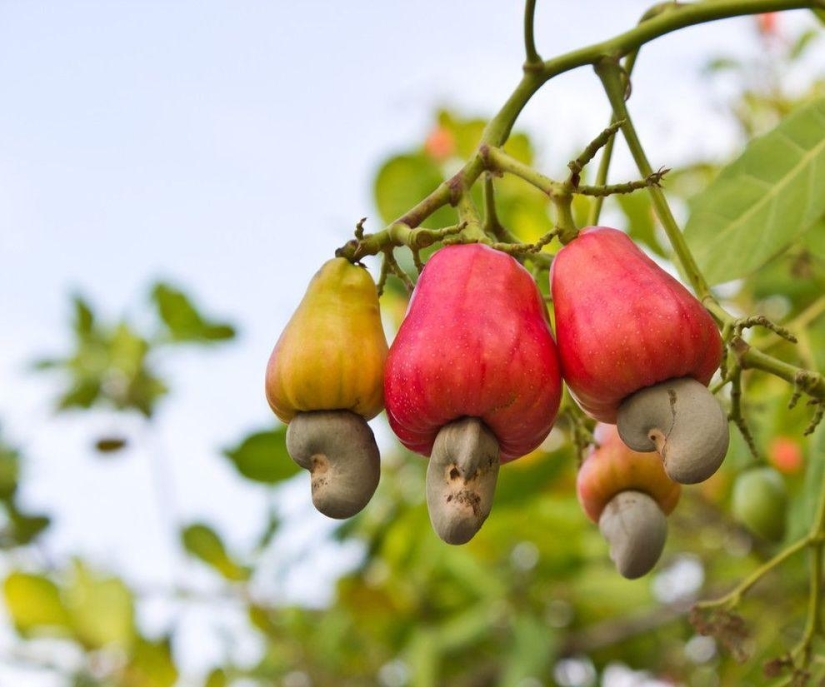
But peanuts, it turns out, grow in the ground, and, by the way, it's not a nut at all, although the fruits of peanuts, or groundnuts, look exactly like real nuts: they are covered with a hard shell, and their kernels - seeds - with a thin skin. They also taste like nuts. But they still cannot be considered nuts, since real nuts are usually formed on trees or shrubs, while peanuts are an annual herbaceous plant. The fruits of the plant are tied above the ground, but when the flower withers, its leg begins to grow down and penetrates into the soil. Groundnuts and peanuts ripen in the soil at a depth of 8-10 cm.
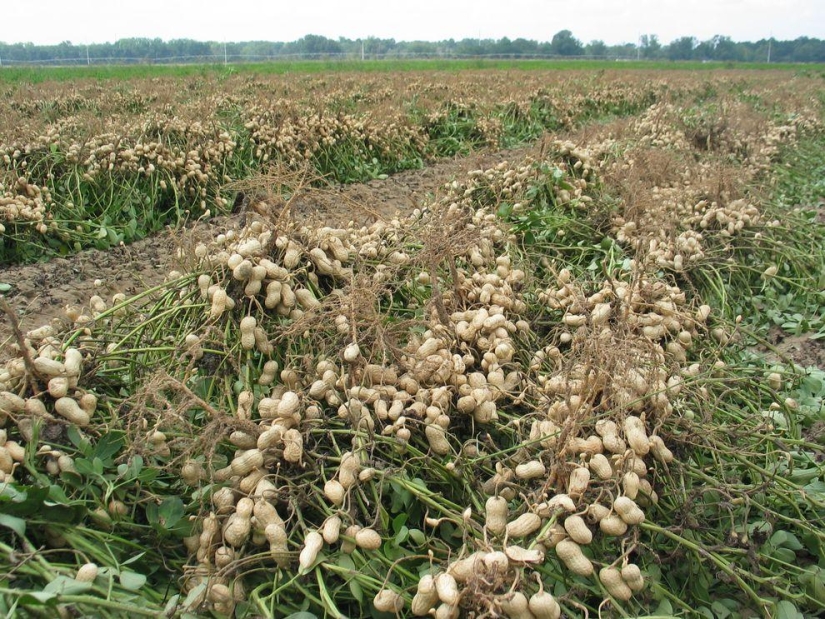
One of the most nutritious fruits — pomegranate - grows on small shrubs 5-6 meters high.
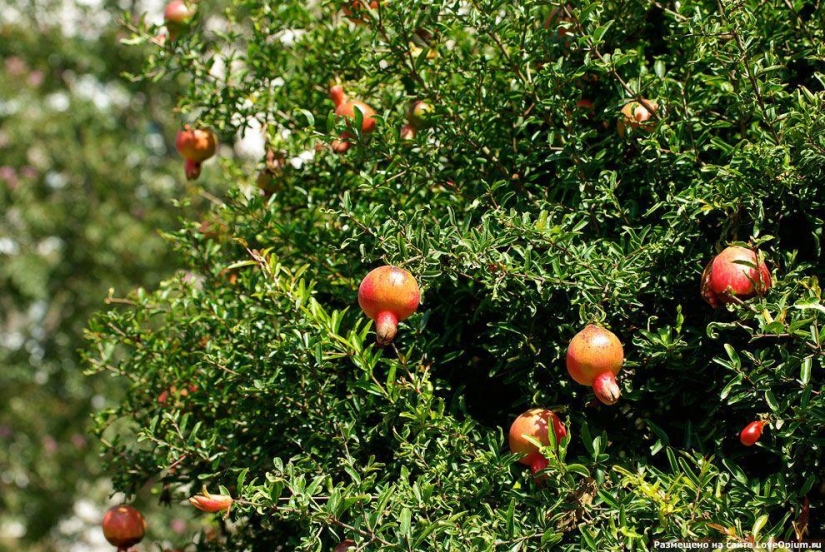
Everyone knows that coconuts grow on a palm tree, but the height of this type of palm is surprising — it reaches 27-30 meters!
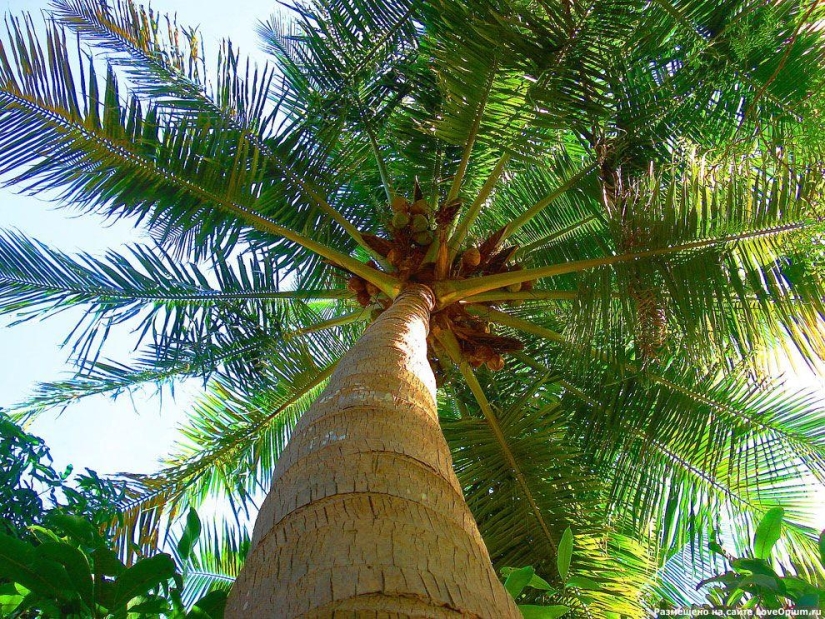
It is not difficult to guess that dates grow on a date palm. However, it is still interesting to see how this familiar dried fruit ripens.
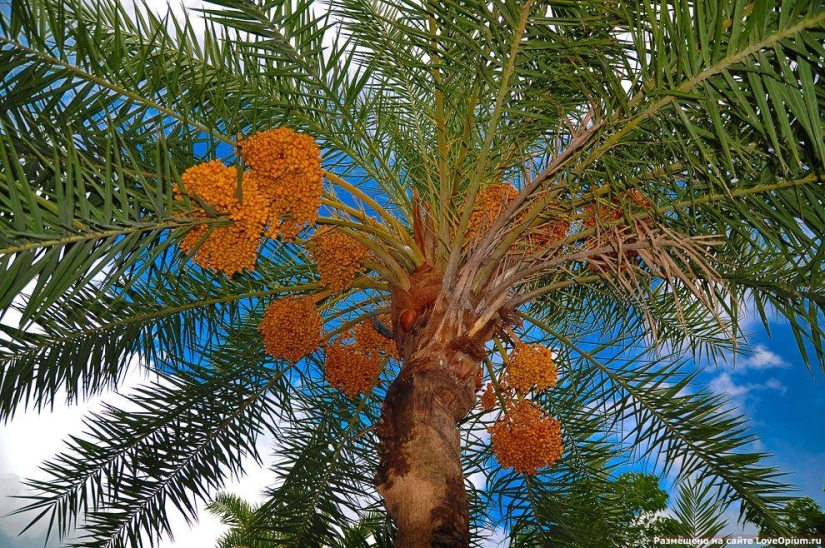
Oddly enough, pineapples are not grown on trees, but in this way: pineapple is a terrestrial plant with a prickly stem and leaves. One fruit weighs from 2 to 15 kg and looks like a big bump.
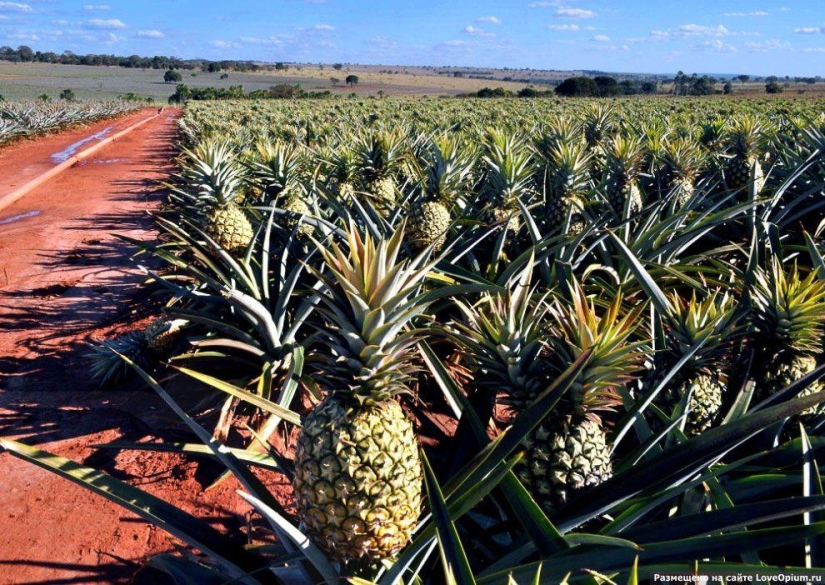
Saffron is the most expensive spice in the world, which is made from dried stigmas of a purple crocus flower. For the production of 30 grams of spices, about 75,000 flowers are required, the harvest of which is harvested mainly by hand.
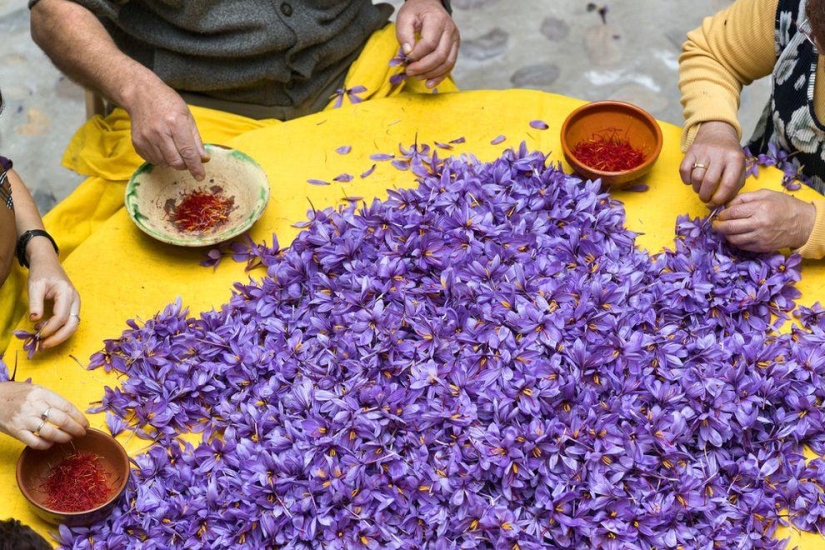
That's how, standing almost waist-deep in the swamp, they collect the berries of the most useful cranberries, so that they can then prepare a delicious and nutritious dessert or drink.
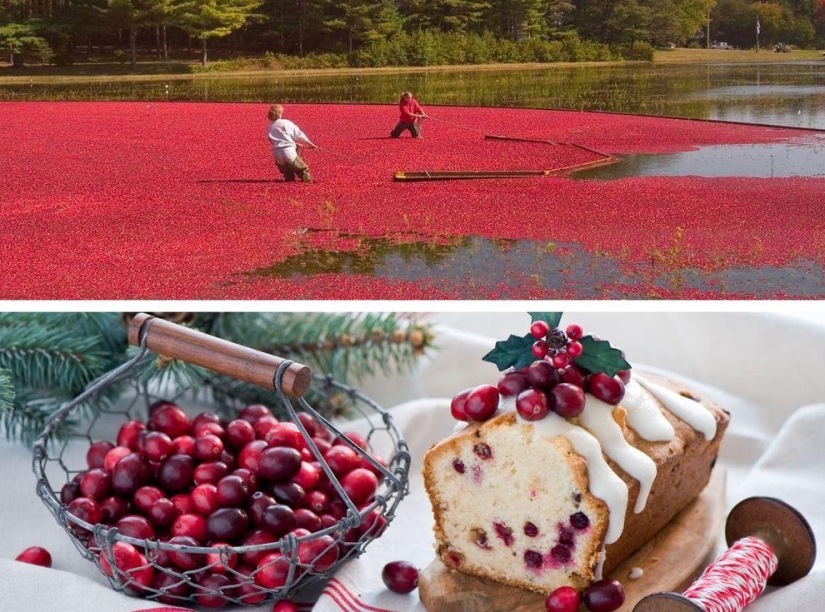
We use capers as a salty or pickled product. These plants appear thanks to the beautiful white flowers: in the upper photo, small green fruits are still ripening.
Keywords: Vegetables | Fruits
Post News ArticleRecent articles

I want to somehow distract myself from the news about the pandemic and plunge into the beautiful. Here, for example, is a story ...

True humanity is revealed in large-scale achievements and resolution of global problems and the daily actions and an open soul for ...
Related articles

We all know that despite its undoubted benefits, vegan diet contains very few nutrients necessary for the development and activity ...

Heard the old Russian proverb "Prepare sledge in the summer, and in winter the cart"? Sani we, of course, cook won't, but the ...

There are things that no one usually pays attention to, but just mention them once, and you will definitely not be able to get this ...

At first glance, these colorful works look like ordinary paintings - but upon closer inspection, it turns out that they are made... ...